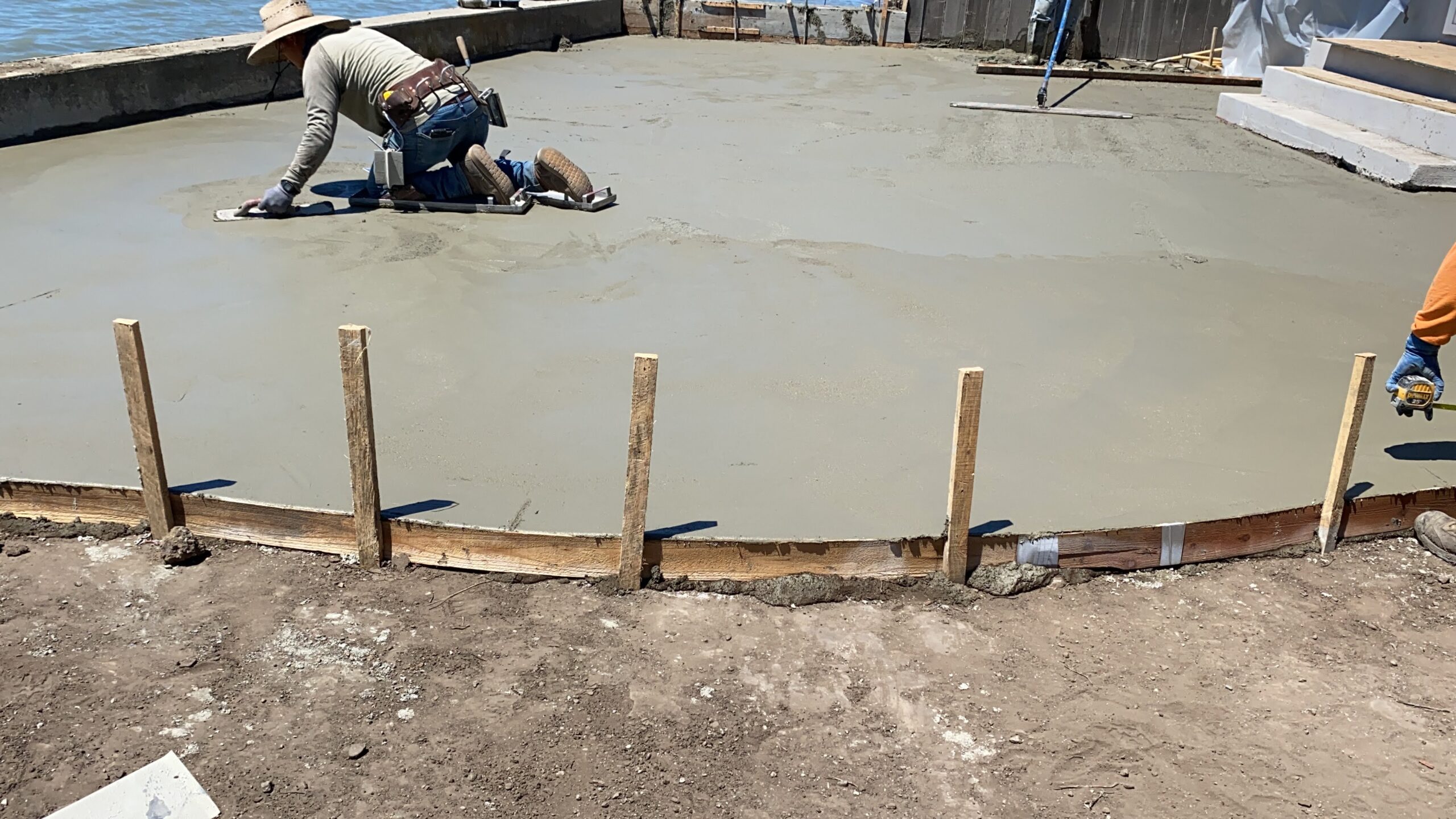
What is concrete?
Concrete, the stalwart composite amalgamation of cement, aggregates, and water, stands as the linchpin of contemporary construction. Its unwavering durability, exceptional strength, and flexibility position it as the bedrock of architectural ingenuity and infrastructure resilience.
Applications Across the Spectrum
Concrete’s pervasive use spans a spectrum of construction applications, underscoring its indispensability in modern infrastructure:
Structural Foundations: In the erection of buildings, bridges, and various structures, concrete establishes itself as the cornerstone for laying robust and stable foundations.
Roads and Pavements: With an innate ability to endure heavy loads, concrete emerges as the material of choice for roadways, sidewalks, and parking lots, promising both longevity and a smooth driving surface.
Dams and Retaining Walls: The formidable nature of concrete finds apt application in structures demanding high compressive strength, such as dams and retaining walls.
Highways and Bridges: Weathering harsh conditions and bearing the brunt of heavy traffic loads, concrete plays a pivotal role in the construction of highways and bridges.
Residential Construction: From towering residential buildings to individual homes, concrete pervades walls, floors, and countertops, delivering both durability and an aesthetically pleasing finish.
Water and Wastewater Infrastructure: Resisting corrosion, concrete emerges as the material of choice for constructing water treatment plants, sewage systems, and other critical infrastructure for water resource management.
Concrete’s widespread adoption finds validation in a host of merits that it brings to the construction arena:
Strength and Durability: Celebrated for its high compressive strength, concrete guarantees stability and longevity across diverse applications.
Versatility: In its liquid state, concrete lends itself to intricate designs and shapes, affording architects and builders unparalleled creative freedom.
Fire Resistance: The inherent fire-resistant properties of concrete contribute an added layer of safety, making it an ideal choice for building structures.
Low Maintenance: Once in situ, concrete demands minimal maintenance, rendering it a cost-effective choice over its lifecycle.
Environmental Sustainability: Concrete can be produced with recycled materials, and its thermal mass properties contribute to energy efficiency in buildings, aligning with environmental sustainability goals.
Diverse Domains of Application
Concrete’s versatility extends beyond its merits, finding application in a plethora of sectors and structures:
Residential Construction: From foundations to countertops, concrete asserts its presence in various facets of residential building projects.
Commercial Buildings: Skyscrapers, shopping centers, and office buildings rely on concrete for structural integrity, ushering in an era of architectural marvels.
Infrastructure Projects: Bridges, highways, tunnels, and dams bear witness to concrete’s ability to withstand heavy loads and environmental rigor.
Transportation: The durability and smooth surface of concrete make it the material of choice for airport runways and railway platforms.
Utilities and Industry: Crucial in the construction of water treatment plants, power stations, and industrial facilities, concrete fortifies critical components of infrastructure.
Decorative Uses: Beyond its structural role, concrete’s aesthetic potential shines through in stamped and stained forms, embellishing driveways, patios, and walkways.
In summation, concrete stands resolute as the fundamental material shaping the landscape of modern construction. Its virtues, coupled with its ubiquitous applications, not only attest to its indomitable strength but also underscore its irreplaceable role in the built environment.
